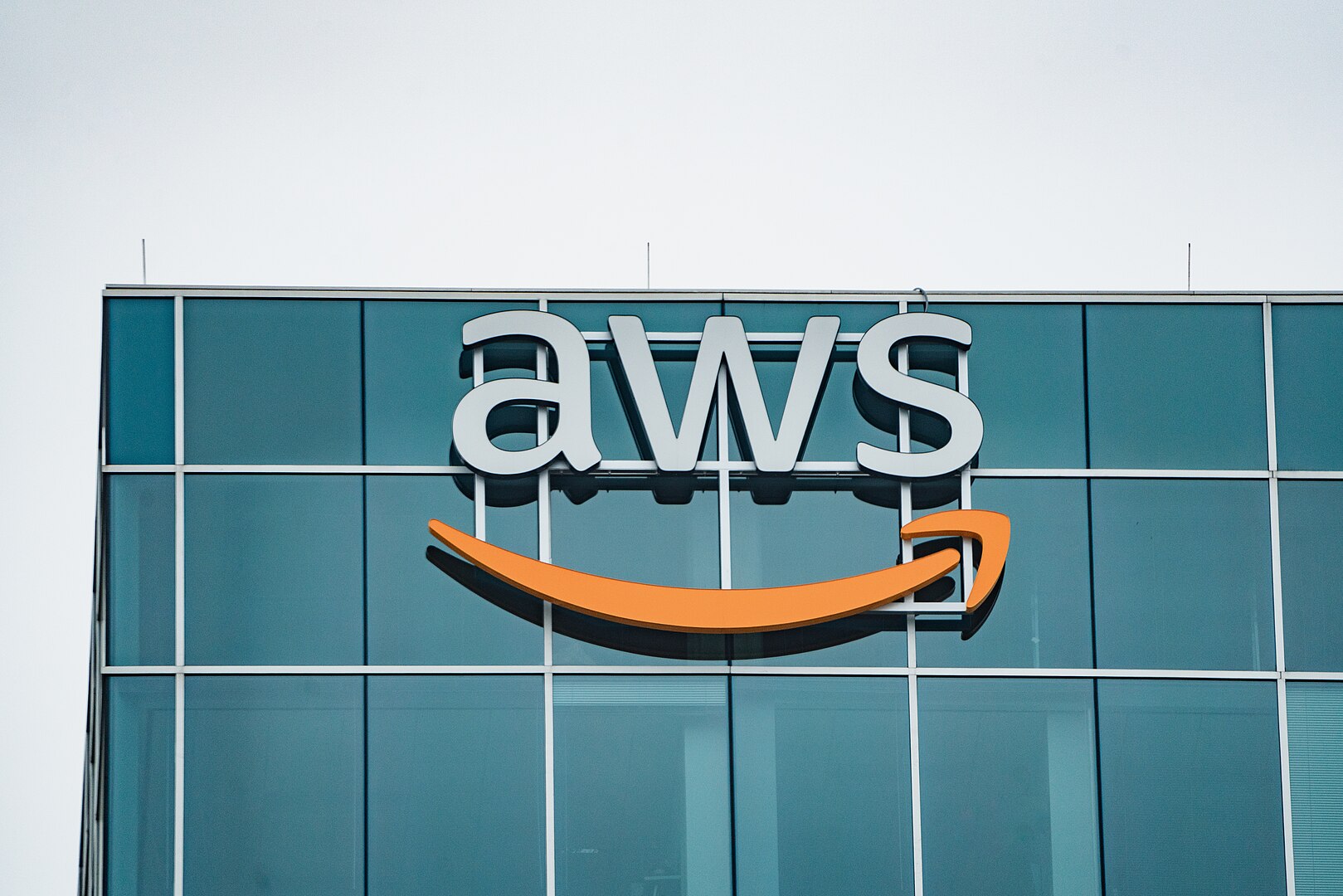 BBC News
BBC NewsBorrowing was £17.4bn last month, the second highest October figure since monthly records began in 1993.

Amazon’s decision to cut 14,000 corporate jobs in the name of streamlining for an AI-driven future is, in many ways, emblematic of the broader tensions rippling through the global labour market. At one level, this is a routine story of cost-cutting and strategic reorientation — a big tech company trimming fat, repositioning for growth, and claiming it’s all about efficiency and customer value. But dig a little deeper, and what emerges is something more consequential: the uneasy transition into a post-AI workforce, where millions of jobs — not just at Amazon — are increasingly being judged expendable, not because the companies are failing, but because they’re succeeding.
Amazon is not in trouble. Quite the opposite. Its second quarter revenues were up 13% year-on-year to $167.7bn. It is one of the most valuable and powerful companies in the world. And yet, that strength now feeds into the logic of its layoffs. According to senior vice president Beth Galetti, the company is “organised more leanly” to take advantage of artificial intelligence — “the most transformative technology since the internet” — and thus must shed people in order to accelerate.
This is not new logic. We’ve heard it before in other guises — automation, cloud computing, digital transformation. But AI’s promise (or threat) is of a magnitude far beyond previous waves of workplace change. For Amazon, that means moving faster, with “fewer layers,” and shifting investment towards its “biggest bets.” That’s code for generative AI and machine learning, two areas the company believes will define its competitive edge for the next decade. The cost? Thousands of workers in corporate, administrative, and technical roles.
The implications are broad and unsettling, particularly for white-collar workers who were once considered immune to the kinds of redundancies that reshaped blue-collar industries in previous eras. If Amazon can rationalise laying off high-skilled staff despite record revenues, it raises difficult questions about the future shape of professional employment. In this new model, success itself becomes a driver of instability. Growth means shedding people, not hiring them.
This trend also shines a light on the fragile promise of “transition support.” Amazon has pledged to help those affected find new roles internally, and to offer severance packages. But for many, the new roles don’t exist — or if they do, they require AI-adjacent skills the current workforce may not yet have. The problem is not that there are no jobs at all, but that the jobs being created don’t match the qualifications of those being displaced. As Amazon CEO Andy Jassy bluntly put it earlier this year: “We will need fewer people doing some of the jobs that are being done today, and more people doing other types of jobs.” That’s cold comfort for workers facing redundancy with skill sets that may be just months out of date.
This is not just an Amazon story. It is part of a larger pattern in which companies, flush with profit and pressure from investors to chase AI, are increasingly prepared to discard legacy job structures in favour of future-facing ones. And it’s not just the private sector. Governments, too, are eager to promote national AI strategies — in healthcare, education, defence — often with little clarity on how workforces will be retrained, reabsorbed, or supported through the transition.
What Amazon’s latest round of layoffs makes clear is that AI’s impact on employability is no longer theoretical. It’s here. And it’s hitting sectors long thought safe from automation. If 14,000 job losses can be justified during a period of growth, we should be asking not just what kind of work AI will create, but for whom — and at what cost.